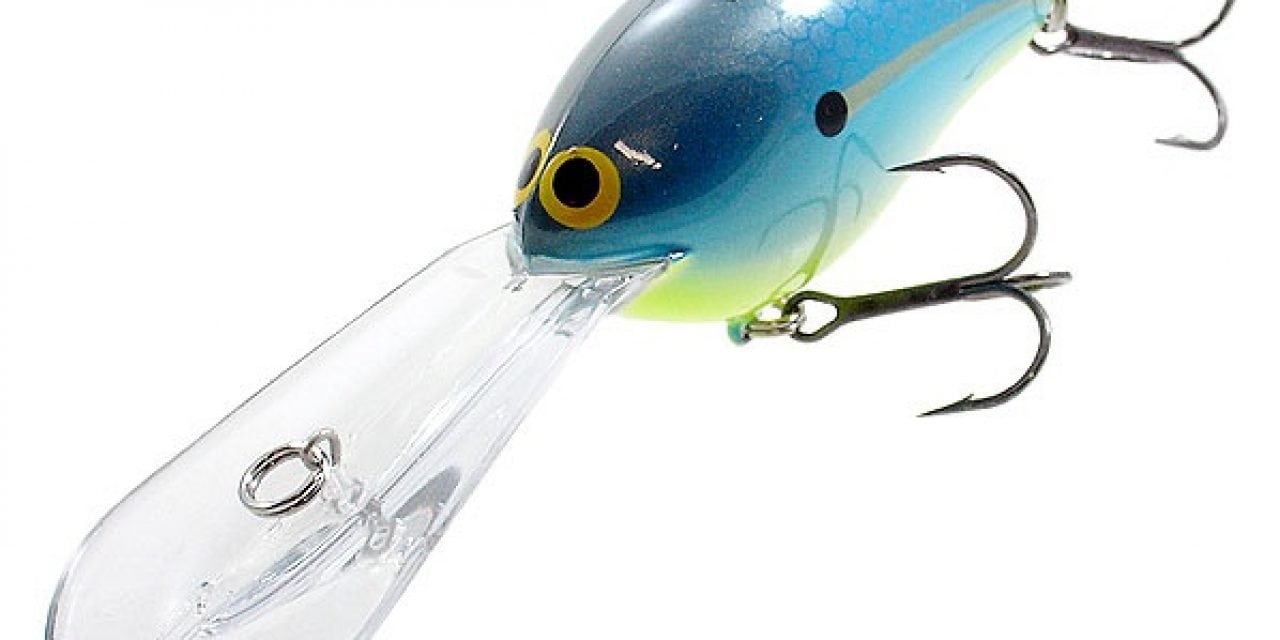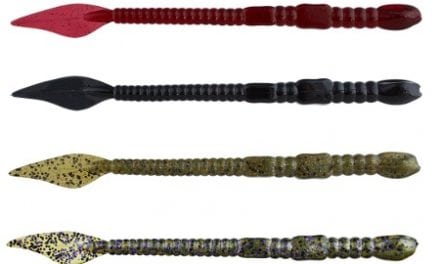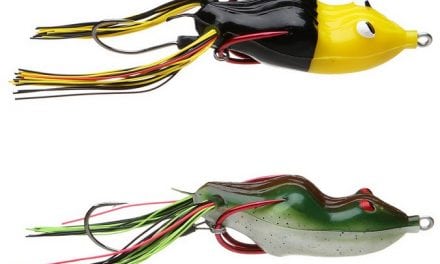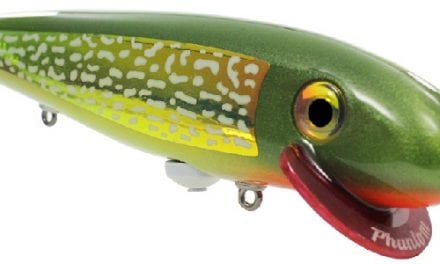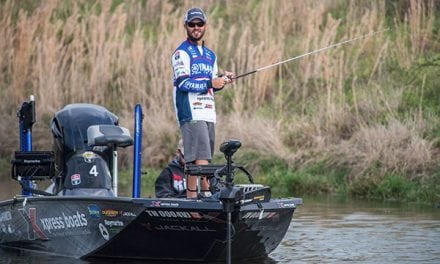The “DD” in DD22 stands for Deep Diving. Digging deep to probe offshore structure is this Norman standard’s primary job, and it’s a job a DD22 has been doing exceedingly well for decades. Summer brings on the best deep cranking bite and causes the bass to congregate beside well-defined structures. Find the right spots and set up correctly with a DD22, and you’re apt to find some of the hottest bass action of the year.
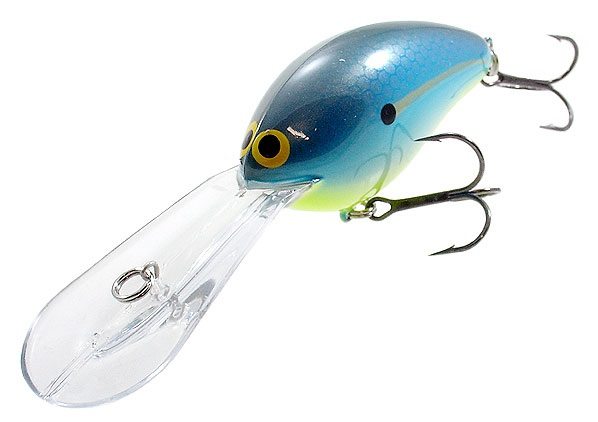
Find Them First
Unless you’ve been fishing daily and catching bass or have gotten a really specific and fresh report, you’ll want to spend time looking for bait and for bass with your electronics before you ever start fishing. Look at several structures of various sorts, ideally with some variation in key depths, to figure out the depth where the most baitfish are concentrated and to find individual groups of bass you want to target.
Focus primarily on a lake’s main body or the lower halves of very major tributary arms and look for structure that is close to or even formed by the main river channel. Along the main channel, pay extra close attention to hard bends and confluences of tributaries. Also note humps that divide a channel, which are really just inundated islands, points that extend nearly to the end of the channel, and humps or roadbeds that are near the channel edge.
If a reservoir has current pushing through it, pay extra attention to any structure that breaks the current. Bass will congregate behind current-breaking channel edges and both above and below humps and the tops of points that a current crosses and will set up in ambush mode.
When you do find fish, spend a little extra time studying the structure, searching for key features and looking at how the fish are set up. If possible, put and GPS icon on what you believe to be the key spot.
Crank Efficiently
After you’ve looked around and have returned to the first area you want to fish, drop a couple of marker buoys to define the way the structure runs, mark the top of the hump or maybe mark a primary feature you found. Even with today’s outstanding electronics, having visual reference points can help you fish more efficiently.
When you set up to crank, consider your distance from the zone you really want to work. Remember that your crankbait starts out diving and finishes by climbing back to the surface, and position your boat so that your casts and retrieves have the lure all the way down and kicking the structure through the prime zone.
Also consider your angle, which can sometimes be critical. In strong current, the default should be to position the boat on the downcurrent side and hold the boat with your trolling motor so the lure approaches fish that will be facing into the current. That said, sometimes the fish feed best on a lure that is walking up a structure, which might be moving upstream, or parallel to the structure. A good approach is to begin with the angle you expect to produce and then either circle the structure or work up and down it from the opposite side.
Trigger Strikes
As is usually the case with cranking, kicking the structure with a DD22 is important. Once it gets down and you feel bottom, crank it just quickly enough to keep it hitting bottom with the rod pointed low or pull the lure across the bottom with rod sweeps, but keep taking up line quickly enough that it doesn’t float up. Either way, when you feel a rock or some brush, try to keep it in that zone, kicking it a little more, and be extra ready anytime you feel the lure deflect significantly or come free from the bottom.
Also, while steady cranking is the default, don’t be shy about adding slight pauses to your cranking or to twitch the rod tip just a bit from time to time. Those little changes in the cadence or regular movement of the lure often are the key to turning followers into takers.
When fish do strike, be very intentional about thinking about whether you just did something differently with your presentation or felt something different on the bottom, and if the same thing works a few times, do more of it.
Final Thoughts
Crankbait color can make a big difference, but the best color varies by situation and sometimes for no obvious reason, which is why a DD22 comes in 120 different colors. Use a clip so you can change lures easily, and keep a box handy, or keep a few rods rigged with different colors. Don’t be shy about switching colors until the fish show preferences. Shad patterns tend to work best during for summer deep-water cranking because the fish are relating to shad or herring. However, those can be natural patterns like Smoky Joe and Lavender Shad or bright attractors like Chartreuse Killer and Midnight Sun. Experiment and the fish decide.
Another important thing to remember is that structure fish tend to feed in cycles. You might crank a great looking spot thoroughly twice and not get hit and come back a third time and catch them like crazy. If it’s practical to do so, cycle through a handful of spots a few times. Similarly, if you catch fish well from a spot and then the bite dies, simply leaving those fish alone for an hour or two sometimes will get them to bite well again when you return.
Finally, don’t forget about the DD22 Silent. Most deep-diving crankbaits have rattles, so when the deep cranking bait is really good and the fish are hearing a lot of rattles, you can often go in right behind someone else and catch fish by using a silent crankbait. If fact, sometimes you can do the same thing to yourself. When the fish bite well in a spot and then stop, you often can pick up a DD22 Silent and catch several more fish before you have to leave that spot.
The post Dig Deep (DD22) for Summer Bass appeared first on ODU Magazine-North America's #1 Digital Fishing Magazine.

